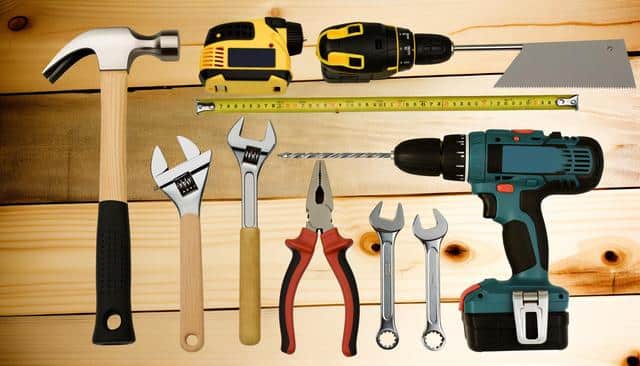Choosing the Right Chainsaw for Your Needs
Selecting the appropriate petrol chainsaw involves aligning the tool’s capabilities with your intended tasks. For occasional use and smaller projects, a chainsaw with a 35-45cc engine and a bar length of 14-16 inches is usually sufficient. Conversely, for more demanding activities such as felling large trees or frequent use, opt for a chainsaw with a 50cc or larger engine and a bar length of 18 inches or more. Another aspect to consider is the type of chain used, which can vary in terms of cutting speed and resistance to wear. Low-kickback chains are often recommended for beginners as they offer enhanced safety features. Keep in mind that usability and comfort should not be sacrificed for power; the chainsaw should match your physical capabilities and skill level.
Maintenance Tips for Longevity
Proper maintenance is crucial to ensure your petrol chainsaw operates efficiently and lasts for years. Regularly check and change the chain oil, which lubricates the chain to reduce friction and prevent wear and tear. Inspect the air filter periodically and clean or replace it as needed to avoid clogging, which can affect engine performance. Additionally, tension the chain correctly to prevent it from slipping off the bar during use, which can lead to accidents. Sharpening the chain’s teeth is essential for maintaining cutting efficiency; dull blades require more effort and can increase the risk of kickback. Perform a visual inspection of the entire chainsaw before and after each use to identify any potential issues early and address them promptly.
Safety Practices to Follow
Safety is paramount when using a petrol chainsaw, given the risks involved with its powerful cutting capabilities. Always wear personal protective equipment (PPE) such as gloves, safety glasses, hearing protection, and chainsaw chaps to reduce the risk of injury. Before starting, ensure the chainsaw is in good condition and that all components are securely fastened. Familiarize yourself with the saw’s controls and features, and practice starting and stopping it safely. Operate the chainsaw with a firm two-handed grip and a balanced stance. Be aware of your surroundings, avoiding overhead obstacles and keeping bystanders at a safe distance. Develop safe cutting techniques, such as standing on the cutting side of the tree to ensure any falling branches miss you, and always maintain a clear escape route.
Environmental Considerations
While petrol chainsaws are valued for their power and portability, they also have an environmental impact due to emissions and fuel consumption. To mitigate this, consider using quality fuel and oils that reduce the saw’s emissions and improve engine performance. Proper storage of fuel and handling chainsaw after use also prevents spills and minimizes environmental hazards. Alternatively, investing in an energy-efficient model that complies with emission standards can reduce your carbon footprint. Be mindful of your surroundings and aim to minimize disruptions to local wildlife and vegetation when operating a chainsaw. If possible, recycle or properly dispose of spent oils and worn-out components to lessen environmental damage. Sustainable practices ensure that future generations can also benefit from the natural resources we enjoy today.

